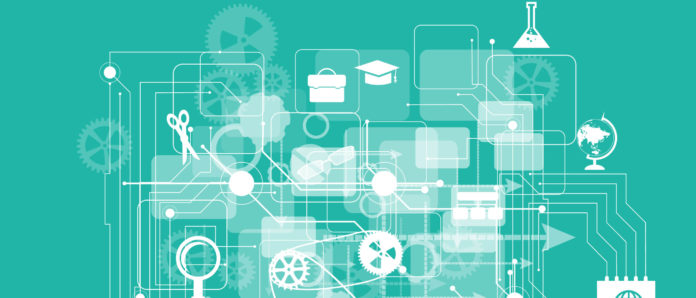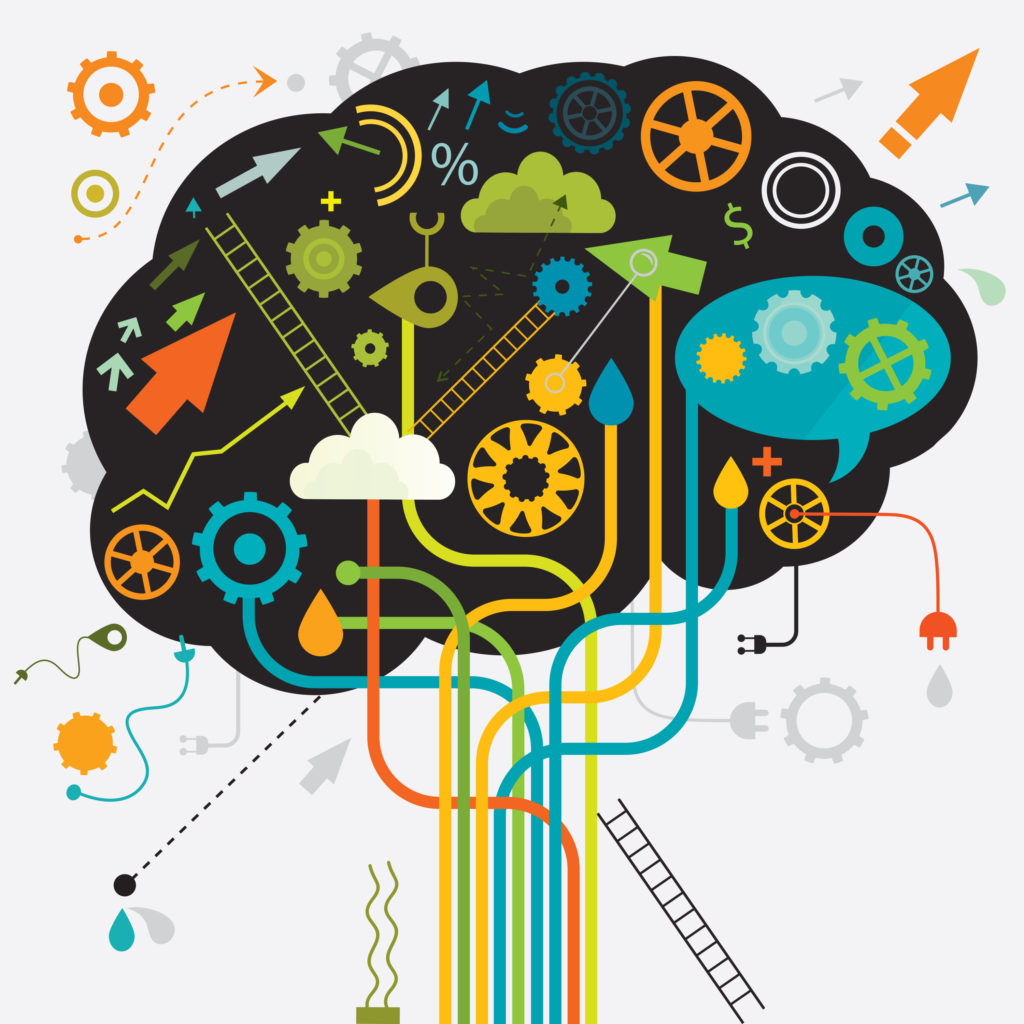
Recruiting new personnel within the organization is not just on the basis of marks, educational competencies and work experiences but it should be based on the behavioral competency of the candidate as well. The behavioral competencies at the workplace help with a structural hiring process with the help of behavioral types, competency framework, competency indicators and a number of suggestive questions to test the competencies. The behavioral competencies can be measured thru psychometric tests, like one available on mettl.com. Behavioral competencies at the workplace are divided into four main attributes, namely personality attributes, analytical abilities, interpersonal skills, and leadership skills.
Attributes of personality assessment
1. Personality attributes
The personality attributes are a combination of characteristics, thoughts, attitude, idea, behaviors, and habits of an individual concerning their surroundings. Assessing the personality attributes of the individual are essential in determining the cultural fitment of the employees. Some of the personality attributes that are worth assessing in the workplace are curiosity, adaptability, discipline, self-confidence, enthusiasm, loyalty, self-obsession, self-awareness, etc.

- Curiosity is the tendency to possess strong intellectual skills and an ardent design to learn new things.
- Adaptability is the willingness to adjust to new situations, ability to handle changes and trying to balance out work demands.
- Discipline is the ability to follow standard procedures and adhering to rules and regulations to enhance efficiency in the workplace.
- Self-confidence is the firm belief in one’s thoughts, actions, and capabilities even while facing untoward situations.
- Ambitious employees are those who demonstrate a strong desire to achieve success based on their inner desires and what they believe about themselves. Such people are determined and are persistent to achieve their objectives.
- Self-awareness is an attribute to understand one’s own strengths and leverage upon them to accomplish the job objectives.
- Enthusiasm is the ability to maintain a high level of productivity in the workplace consistently.
2. Analytical ability
This is the ability to see patterns, trends and inconsistent information and draw meaningful conclusions based on the available information. Employees who possess analytical skills are able to reach solutions by following methodological approaches or by being more creative to assess every single angle of the problem. Some of the attributes of analytical ability are, attention to detail, problem-solving, critical thinking, planning, and organization, decision making, strategic thinking, etc.

- Attention to detail ability helps the employees to meet the goals by taking into account every single detail no matter how big or small they are.
- Problem-solving is demonstrating the ability to resolve issues and overcome the challenges effectively. By making use of the available resources.
- Critical thinking is the ability to possess higher-order thinking skills that help a person to see both sides of a coin.
- Decision making is the ability to deliver logical conclusions from a number of available options.
- Strategic thinking is the ability to making a logical move by considering both the long term and short term implications on one’s actions on the organization.
3. Interpersonal skills
Interpersonal skills are those that are used by a person to interact with others with a clear clarity of purpose. It is the ability of the employee to get along with his co-workers and get the job done correctly. Some of the clear attributes of interpersonal skills are effective communication, active listening, teamwork, delegation, establishing trust, etc.

- Effective communication is the ability to put across one’s thoughts and ideas briefly and clearly with the help of appropriate language and grammar in both the oral and the written formats of communication.
- Listening actively helps in understanding both the implicit and explicit messages, that are being communicated by others so as to probe further information as required.
- Teamwork is the ability to work collaboratively with each other to accomplish common goals and objectives while keeping any minor feuds aside.
- Delegation is the acct of assigning tasks to others so as to ensure efficient management of the work. Ensuring that the tasks are assigned based on experience helps the employee to understand the strengths of the individual and the resources required to accomplish the tasks.
- Establishing trust is a skill of an employee that allows him to be honest and ethical in all his transactions with his internal and external stakeholders so as to earn their trust.
4. Leadership skills
This quality can be applied for any situation where one person is required to take the lead professionally in an organization. A good leader will always keep his team organized he takes only calculated risks and motivates his peers and literally pushed them to do their best. Some of the attributes of leadership skills are motivating peers, developing people, having the mindset of an entrepreneur, influence, etc.

- Peer motivation is the ability to understand the various intrinsic and extrinsic motivators so as to engage people at work. Motivation also includes providing coworkers the appropriate reinforcements and recognition as a part of an inspiration to accomplish their professional objectives.
- People development focuses on an individual’s professional growth and development by identifying their functional and behavioral strengths and their areas of development. It also includes providing opportunities to work in the areas of development through different interventions.
- Having an entrepreneurial mindset enables the individual to have a deep understanding of the existent possibilities in taking the business beyond what is been currently done. Employees with such a mindset will have a strong desire to explore these options and ensure the success of the organization further.
- Influential people are those who demonstrate the ability to convince others from their point of view and ideas.
Final words
Understanding the behavioral competencies at the workplace of the different workforce is an important quality of the human resource manager to put the right talents at their appropriate places. If framing such a behavioral framework is a tedious task, the human resource department can make use of the existent behavioral assessment tools online. These tools are highly effective in creating a winning team in the company and have been highly efficient to the managers involved in talent acquisition and development.






